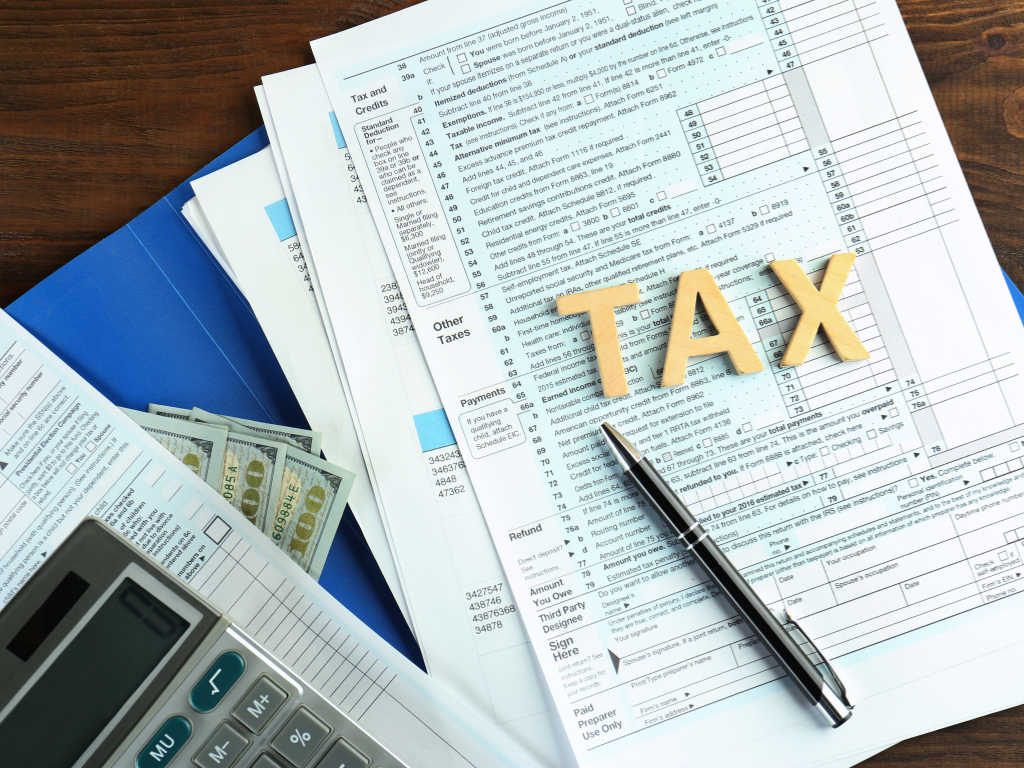The Opportunity Zone Provision gives taxpayers an option to defer recognized capital gains by investing in a Qualified Opportunity Zone Fund (QOZF).
The Opportunity Zones provision is based on the bipartisan Investing in Opportunity Act, which defines Opportunity Zones (OZ) as low-income census tracts that have been nominated by governors and certified by the U.S. Department of the Treasury. This stimulus program invites investors to put their capital to work in areas that have struggled to bounce back from The Great Recession or have never had the opportunity to grow. This article will define Opportunity Funding and offer guidance on how to target qualified OZ investments.
Investor Benefits from Qualified Opportunity Zone Fund Investments
The innovative approach to spurring long-term private sector investments in low-income communities is available in over 8,700 Opportunity Zones in every state and territory. Investors can claim the QOZF tax advantage in the following ways:
1. Investors can defer tax on any prior gains invested in a QOZF until the earlier of the date on which the investment in a QOZF is sold or exchanged, or December 31, 2026.
- If the QOZF investment is held for longer than 5 years, there is a 10% exclusion of the deferred gain.
- If held for more than 7 years, the 10% becomes 15%.
2. If the investor holds the investment in the Opportunity Fund for at least ten years, the investor is eligible for an increase in basis of the QOZF investment equal to its fair market value on the date that the QOZF investment is sold or exchanged.
Opportunity Funds
The IRS states that all types of capital gains are eligible for the Opportunity Zones tax incentives through the use of Opportunity Funds, which invests at least ninety percent of its assets in Qualified Opportunity Zone Property. It is important to note that ordinary gains do not meet the qualification test.
Qualified Opportunity Zone Funds (QOZF) are subject to specific regulations as set forth by the IRS, namely the types of gains that may be deferred, the timeline by which the amounts by invested, and how investors may elect to defer specified gains. Here is a snapshot to get you started:
- These investment vehicles must be set up as a partnership or a corporation (LLCs do qualify).
- Qualified Opportunity Zone Funds are limited to the 50 states, DC, and U.S. territories.
- As long as they meet conditions, pre-existing entities can be eligible as funds or businesses.
- Opportunity funds may identify both the taxable year in which it becomes a QOZF and the first month in that year to be treated as a QOZF.
- A QOZF must hold at least 90% of its assets in qualified opportunity zone property.
- Taxpayers may hold Opportunity Fund interests invested in those zones and step up the basis of their Opportunity Fund investments to fair market value if they hold the investments for ten years, past the OZ expiration in 2028.
The IRS defines eligible Opportunity Zone Property as QOZF stock, QOZF partnership interest, or QOZF business property. Besides being located and operated in a QOZF, qualified opportunity property must also be new to the entity and abide by the following requirements:
- The acquired property must undergo substantial improvement equal to the Opportunity Fund’s initial investment into the existing property over 30 months.
- At least 50 percent of the gross income of a qualified opportunity zone business must be derived from the active conduct of a trade or business in the qualified opportunity zone.
- A substantial portion of the intangible property of an opportunity zone business must be used in the active conduct of a trade or business in the qualified opportunity zone.
- Less than 5 percent of the aggregate adjusted basis of the entity is attributable to nonqualified financial property.
It is important to note that specific trades and businesses cannot qualify as opportunity zone businesses, including, any private or commercial golf course, country club, massage parlor, hot tub facility, suntan facility, racetrack or other facility used for gambling, or any store the principal business of which is the sale of alcoholic beverages for consumption off premises.
Targeting Qualified Opportunity Zone Investments
A taxpayer has 180 days from the date of the previous sale to invest in a QOZF. The investment must be made through a cash contribution and may consist of both tax-deferred (the previous gain) and non-tax deferred funds (additional amounts you wish to invest). Any cash contribution made of non-tax deferred funds will not receive the tax benefits noted above.
If you have allocated a gain from an asset sold within a pass-through entity, your 180-day investment window defaults to starting on the date of the pass-through entity’s tax year-end. Alternatively, taxpayers can elect to have their 180-day window begin on the actual date the partnership recognized the gain.
If you’ve decided to invest in a QOZF, understanding the landscape of the opportunity zone will help you assess the trajectory of growth for that area. Steve Glickman, the co-founder of the Economic Innovation Group thinktank that designed Opportunity Zones, developed an Opportunity Zone Index to help anxious investors take the next step.
Taxpayers must act soon to take advantage of this opportunity. According to the TCJA, investors have until 2020 to reap the full tax benefits of investing in a QOZF. If you’d like to learn more about investing in a QOZF, give us a call. We can help you better understand your options!
Sandusky
419-625-4942
Norwalk
419-668-2552
Treasury Circular 230 Disclosure
Unless expressly stated otherwise, any federal tax advice contained in this communication is not intended or written to be used, and cannot be used or relied upon, for the purpose of avoiding penalties under the Internal Revenue Code, or for promoting, marketing, or recommending any transaction or matter addressed herein.
 Home
Home Sign In
Sign In Make a Payment
Make a Payment Search
Search











